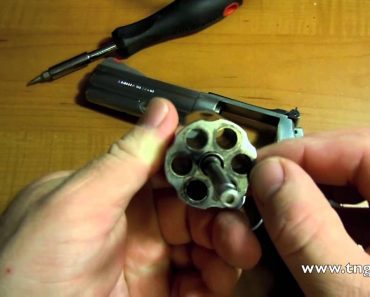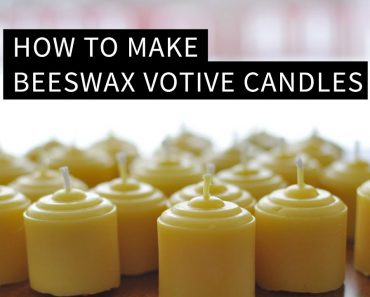This entry into the prepper precepts list may make some preppers nervous. Buying gold is the “gold standard” of prepping. Be balanced in what you buy. Gold is nice, but it’s used to buy stuff in the event money is worthless. With that in mind, it’s much cheaper to just buy the stuff now. […]
Author: David Nash
How to Easily Remove Carbon From a Revolver Cylinder
Do you want to know how to easily remove carbon from a revolver cylinder? It is easy. Remove the cylinder from the revolver first. I really love shooting revolvers. (I love shooting double action so much I modified my Glock 17 to have a trigger that is more like a double action revolver.) However, […]
Ayoob Demonstrates Stressfire Reload for Revolvers
According to Wikipedia Massad Ayoob is an internationally known firearms and self-defense instructor. He has taught police techniques and civilian self-defense to both law enforcement officers and private citizens since 1974. He was the director of the Lethal Force Institute (LFI) in Concord, New Hampshire from 1981 to 2009. Ayoob now directs the Massad […]
Prepper Precepts #22 Common Sense Cannot Be Legislated
This prepper precept is one I teach often when discussing why laws are written they way they are. Common sense cannot be legislated. Laws are made in a vacuum by people that don’t always fully understand the problems. I don’t go looking to laws to see if I CAN do something. My right to […]
How to Make Beeswax Votive Candles
When I got into beekeeping I wanted the wax as much as I wanted the honey. Beeswax can be used for hundreds if not thousands of things. It is great bullet lube, helps hold bow strings together, has medical and cosmetic uses, and makes a great additive to woodworking varnish. But one of the […]





